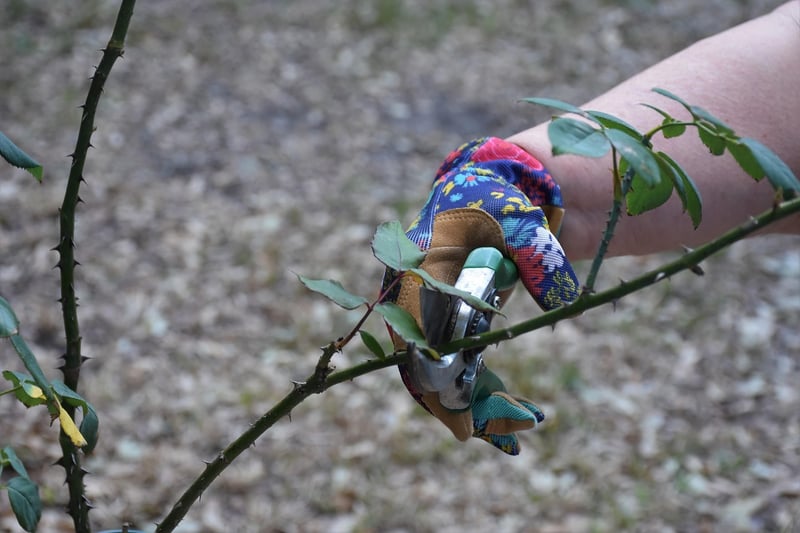Pruning Techniques
Keeping Your Vertical Garden Healthy: Essential Pruning Techniques

Introduction
Vertical gardens are a fantastic way to bring nature into urban spaces and create stunning visual displays. To ensure your vertical garden remains healthy and visually appealing, proper pruning techniques are essential. In this article, we will discuss the importance of pruning and provide you with practical tips to maintain your vertical garden's health.
Why Pruning is Important
Pruning is a vital aspect of vertical garden maintenance as it helps promote plant growth, control size, and improve overall plant health. By removing dead or overgrown parts of the plants, you allow for better air circulation, sunlight exposure, and nutrient distribution within the garden.
Practical Pruning Techniques
Here are some essential pruning techniques to keep your vertical garden flourishing:
- Regular Inspections: Check your vertical garden regularly for any signs of overgrowth, disease, or pest infestations. Early detection can prevent problems from spreading.
- Deadheading: Remove spent flowers to encourage new growth and prolong the blooming season.
- Thinning: Thin out crowded areas to allow for better air circulation and prevent diseases caused by moisture buildup.
- Pinching: Pinch back stems to promote bushier growth and prevent legginess in certain plants.
- Directional Pruning: Guide the growth of your plants by pruning to direct growth in a specific direction or shape.
Conclusion
Pruning is an essential practice for maintaining a healthy and vibrant vertical garden. By implementing these pruning techniques, you can ensure that your garden thrives and continues to be a beautiful focal point in your living space. Remember to observe your plants regularly, tailor your pruning methods to each plant's specific needs, and enjoy the process of caring for your vertical garden.
Keep pruning, keep growing!
